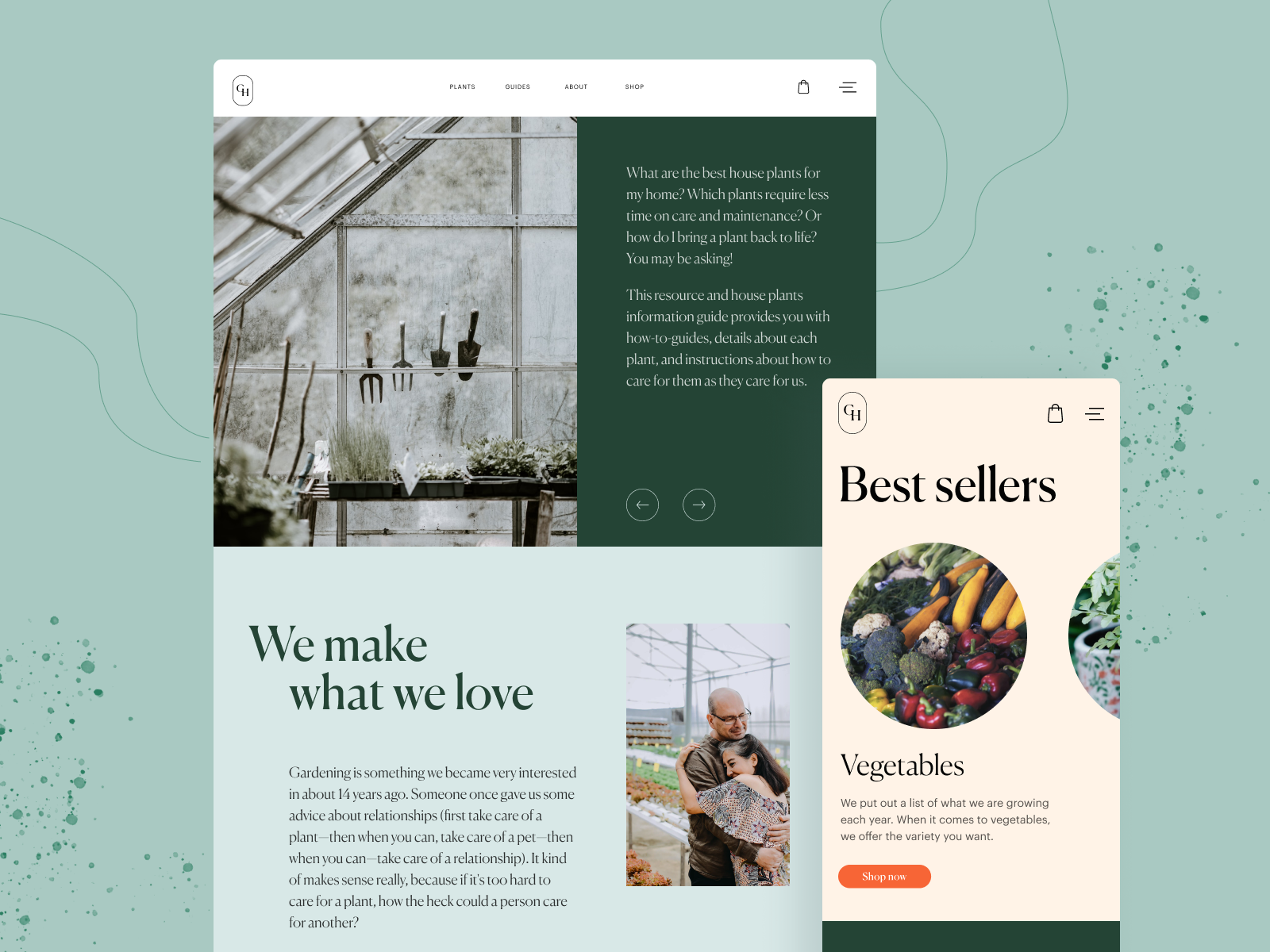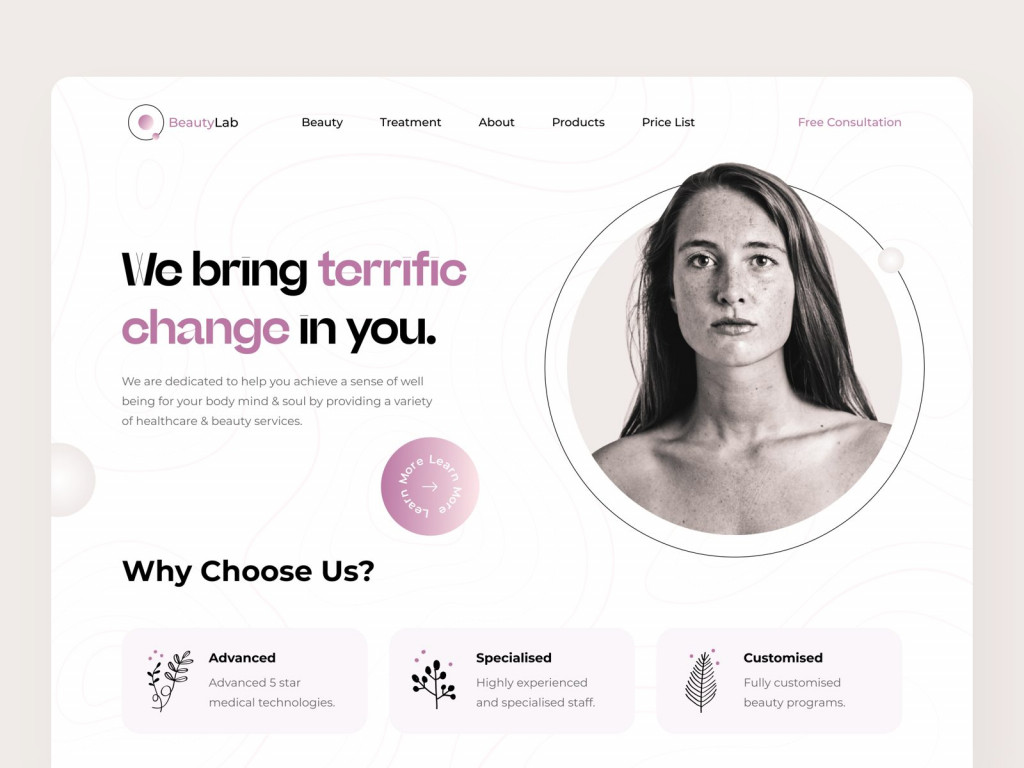Understanding the Duty of Responsive Layout in Modern Web Site Advancement
In today's digital landscape, responsive layout is no much longer a high-end yet a requirement in web site advancement. As individuals gain access to sites from an array of tools, from expansive desktop computer monitors to pocket-sized smart devices, making certain a regular and interesting customer experience is vital. Responsive layout completes this by employing versatile designs and scalable media, dealing with the nuanced requirements of each device. Yet, the relevance of responsive layout extends past user experience-- it is additionally a vital factor in seo and accessibility. How specifically does it affect these areas, and what methods guarantee its reliable implementation?
Importance of Responsive Design
In today's digital landscape, the value of receptive layout in internet site growth can not be overemphasized. As customers increasingly count on a variety of devices-- ranging from computer to mobile phones and tablets-- guaranteeing a seamless user experience across all platforms has become necessary. Receptive layout allows sites to immediately readjust their layout and performance based upon the screen size and orientation of the device being used. This adaptability enhances user engagement and fulfillment by supplying regular accessibility to material without needing hands-on modifications such as zooming or scrolling.
In addition, receptive style is crucial for seo (SEARCH ENGINE OPTIMIZATION) Internet search engine like Google focus on mobile-friendly web sites in their search results page, meaning that a receptive design can dramatically affect a website's exposure and position. This optimization not only boosts the user experience yet also drives natural traffic and boosts the potential for conversion and profits generation.
Furthermore, responsive layout provides organizations a cost-efficient solution by getting rid of the demand for several variations of a website. By enhancing internet development processes and lowering maintenance efforts, business can allocate resources more effectively, inevitably leading to enhanced return on financial investment. Hence, responsive style is crucial in today's competitive digital atmosphere.
Crucial Element of Responsive Design
To efficiently carry out receptive layout, it is important to concentrate on several crucial elements that make certain optimum functionality and user experience across diverse gadgets. Among the essential parts is the adaptable grid layout, which allows developers to create fluid grids that instantly adapt to various display dimensions. This ensures that content preserves proportionality and readability, regardless of the tool being made use of.

Furthermore, touch-friendly navigation is crucial for receptive layout. Applying conveniently tappable switches and instinctive motion controls boosts usability on touchscreen devices. Prioritizing performance optimization is likewise important, as it boosts filling times and lowers bounce rates, particularly on mobile networks with variable speed.
Last but not least, using a mobile-first technique makes sure that the style you can try here is at first enhanced for smaller sized displays prior to broadening to suit desktop computers. This technique ensures that vital capability and visual appeals are preserved across all systems, eventually improving the general user experience.
Influence On User Interaction
Receptive layout considerably affects customer involvement by boosting accessibility and fulfillment throughout numerous tools (Website Design). By making certain that a website's layout adapts seamlessly to different screen sizes, receptive design allows users to access content effortlessly, whether they are using a smart device, desktop computer, or tablet computer .
Moreover, receptive layout contributes to faster page loading times, which is crucial for retaining user passion. Customers are a lot more inclined to abandon a website if it takes as well long to lots, specifically on smart phones. By optimizing performance for varied platforms, receptive design decreases packing delays, maintaining users involved and decreasing bounce rates.
Search Engine Optimization Perks of Responsive Design
While boosting individual experience is a primary objective, responsive layout also plays an important role in enhancing a site's seo (SEO) Online search engine, significantly Google, focus on mobile-friendly web sites, thus awarding those that offer smooth experiences throughout gadgets. Receptive style makes certain that a site adapts to numerous screen dimensions, eliminating the requirement for different mobile and desktop variations. This flexibility not only improves user experience however additionally decreases the threat of duplicate material, which can adversely impact SEO positions.
Moreover, receptive layout help in faster web page loading times, an important consider search engine optimization. Internet search engine favor sites that pack rapidly, identifying that customers are more likely to abandon websites that take also lengthy to present. By using receptive layout, programmers can simplify and maximize photos web content, making certain efficient loading Discover More Here and enhanced online search engine rankings.
In addition, a cohesive link framework throughout gadgets streamlines the indexing process for online search engine, improving crawl efficiency. you could check here This uniformity in Links reinforces a web site's authority and reputation, bring about enhanced exposure in search results. In recap, receptive style is not merely a fad however an essential component of search engine optimization method, guaranteeing sites are both user-friendly and search engine suitable.
Executing Receptive Layout Methods
In the world of modern web growth, executing receptive design techniques is comparable to crafting a functional canvas that adjusts effortlessly to various display dimensions. One more critical strategy entails employing media inquiries, which make it possible for developers to apply different designs based on the characteristics of the device, such as size, resolution, and height.
Receptive pictures and media are likewise crucial components. By using strategies like CSS media questions and the HTML 'picture' element, designers can serve properly sized pictures based upon the individual's gadget, enhancing tons times and boosting customer experience. In addition, the incorporation of liquid typography ensures that text is legible and aesthetically pleasing on any screen, attained via scalable devices like 'rapid eye movement' and 'em'.

Verdict
Receptive layout makes up a vital aspect of modern site development, substantially enhancing customer experience across an array of gadgets. Inevitably, carrying out responsive style strategies makes sure improved availability and usability, making websites extra user-centric and efficient.
To effectively carry out receptive style, it is crucial to focus on a number of key components that ensure ideal functionality and individual experience throughout varied devices.Receptive layout considerably influences customer engagement by improving access and complete satisfaction throughout numerous devices. By making sure that an internet site's layout adapts perfectly to various display dimensions, receptive design allows individuals to accessibility web content effortlessly, whether they are utilizing a desktop, tablet, or smart device.While boosting user experience is a main objective, receptive style additionally plays an essential function in boosting a site's search engine optimization (SEARCH ENGINE OPTIMIZATION)Responsive style makes up an essential element of modern web site growth, significantly improving individual experience across an array of devices.